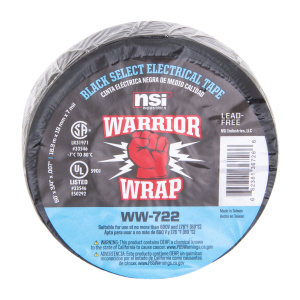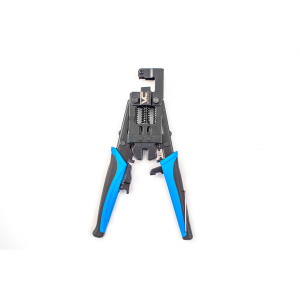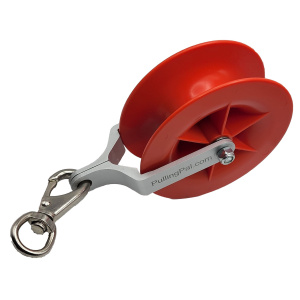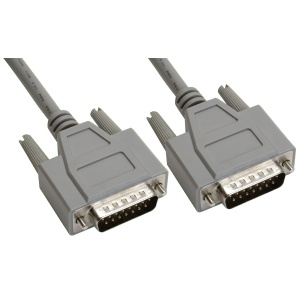Every blink of a light signal across fiber-optic cables is a pulse of information, facilitated by the unsung hero of our interconnected world: the transceiver. But did you know there are various types of these crucial devices? One particularly important type that we will be zeroing in on today is the multimode transceiver. So, what are multimode transceivers and where are they used?
Introduction: Entering the World of Multimode Transceivers
Multimode transceivers are pivotal components in the realms of communication and data transmission. While they may seem obscure to some, they play a central role in the architecture of modern digital ecosystems. Their versatility, cost-effectiveness, and sheer power make them a cornerstone of numerous applications.
Chapter 1: The Nitty-Gritty: What Are Multimode Transceivers?
Transceivers are devices capable of both transmitting and receiving data. They convert electrical signals into optical signals for transmission over fiber-optic cables and reverse the process at the receiving end.
Subsection 1.1: Decoding the Multimode Moniker
Now, the term ‘multimode’ stems from the fact that these transceivers use multimode fiber (MMF) cables, which can carry multiple beams of light — or ‘modes’ — at the same time. These modes follow different paths down the fiber, leading to a phenomenon known as ‘mode dispersion.’ However, such dispersion is not all doom and gloom. It is precisely this characteristic that enables multimode transceivers to thrive in specific scenarios, as we’ll explore in the coming sections.
Subsection 1.2: The Structure and Workings of Multimode Transceivers
A multimode transceiver contains a laser or LED as a light source, coupled with a photo-detector to receive light signals. This bi-directional data flow is what sets transceivers apart from simple transmitters or receivers. Their ability to function in both capacities within a single compact device is what makes them so integral in today’s data-heavy world.
Chapter 2: Multimode Transceivers Vs. Single-mode Transceivers
While both types of transceivers have their merits, it’s essential to understand their unique features and capabilities. In the battle of multimode versus single-mode, the difference boils down to the fiber cables used and, by extension, the applications they’re suited for.
Subsection 2.1: The Key Distinctions
Single-mode transceivers use single-mode fiber (SMF), which allows only a single light mode to travel, eliminating mode dispersion. This characteristic allows them to transmit data over longer distances compared to their multimode counterparts. However, they come with a heftier price tag and require more precise alignment due to the smaller core of SMF.
On the other hand, multimode transceivers are more cost-effective and are ideal for shorter distance transmissions, making them perfect for local area networks (LANs), data centers, and similar environments.
Subsection 2.2: Comparing the Two: A Table
Let’s put it all into perspective with a side-by-side comparison.
| Multimode Transceivers | Single-mode Transceivers | |
|---|---|---|
| Fiber Type | Multimode Fiber (MMF) | Single-mode Fiber (SMF) |
| Transmission Distance | Short (up to 2km) | Long (up to 100km) |
| Cost | Lower | Higher |
| Applications | LANs, Data Centers | Long-haul Telecom, Internet Backbone |
Chapter 3: The Playing Field: Where Are Multimode Transceivers Used?
To understand the impact of multimode transceivers, one must know where they’re commonly employed. Their specific attributes make them a go-to choice for several applications.
Subsection 3.1: LANs and Data Centers
Local Area Networks (LANs) and data centers are the prime stomping grounds for multimode transceivers. Why? Because these environments typically involve shorter distances, high-density connections, and cost considerations, making multimode transceivers a no-brainer.
Subsection 3.2: Enterprise Networks
Think about corporate campuses, universities, or hospitals. All these establishments house extensive internal networks, where multimode transceivers make their mark. They’re ideal for handling high data volumes and facilitating quick, reliable connectivity across the premises.
Subsection 3.3: Video Surveillance Systems
Modern video surveillance systems often use fiber-optic cables for data transmission, with multimode transceivers at their heart. These systems require high-bandwidth, real-time data transmission over relatively short distances, precisely where multimode transceivers shine.
Chapter 4: Delving Deeper: Types of Multimode Transceivers
Like a Swiss army knife, multimode transceivers come in various forms to suit different needs. Some of the most common types include the SFP, SFP+, and QSFP transceivers.
Subsection 4.1: Small Form-factor Pluggable (SFP) Multimode Transceivers
SFP multimode transceivers are compact, hot-pluggable devices designed for use in data communication and telecommunications networks. They’re perfect for short to medium distances, supporting speeds up to 1 Gbps.
Subsection 4.2: Enhanced Small Form-factor Pluggable (SFP+) Multimode Transceivers
The SFP+ multimode transceivers are an upgraded version of SFP transceivers. They support higher data rates, typically up to 10 Gbps, catering to more data-intensive applications.
Subsection 4.3: Quad Small Form-factor Pluggable (QSFP) Multimode Transceivers
When even more speed is needed, the QSFP multimode transceivers step up to the plate. These devices support data rates of 40 Gbps and beyond, making them suitable for high-performance computing and enterprise networking.
FAQs
1. What is the primary difference between multimode and single-mode transceivers?
The primary difference lies in the type of fiber cables used and the number of light modes they allow. Multimode transceivers use multimode fibers that support multiple light modes, ideal for short-distance, high-data volume transmissions. Single-mode transceivers use single-mode fibers, permitting only one light mode, suitable for long-distance transmissions.
2. Where are multimode transceivers most commonly used?
Multimode transceivers are commonly used in Local Area Networks (LANs), data centers, enterprise networks, and video surveillance systems due to their cost-effectiveness, high data volume handling, and suitability for short-distance transmissions.
3. Are multimode transceivers expensive?
Compared to single-mode transceivers, multimode transceivers are generally more cost-effective due to the lower costs of multimode fibers and the associated components.
4. What are some types of multimode transceivers?
Common types of multimode transceivers include Small Form-factor Pluggable (SFP), Enhanced Small Form-factor Pluggable (SFP+), and Quad Small Form-factor Pluggable (QSFP) transceivers.
5. Can multimode transceivers be used for long-distance transmissions?
While possible, it’s not ideal due to mode dispersion. For long-distance transmissions, single-mode transceivers are a better option.
6. Are multimode transceivers replaceable?
Yes, multimode transceivers are often hot-pluggable, meaning they can be replaced without shutting down the system or network.
Conclusion
To sum up, multimode transceivers are versatile, efficient, and a crucial component of modern data transmission. By understanding their workings, distinguishing features, and applications, we can appreciate the pivotal role they play in sustaining our digital world. If you ever find yourself pondering, “What are multimode transceivers and where are they used?”, you now have a comprehensive answer.












